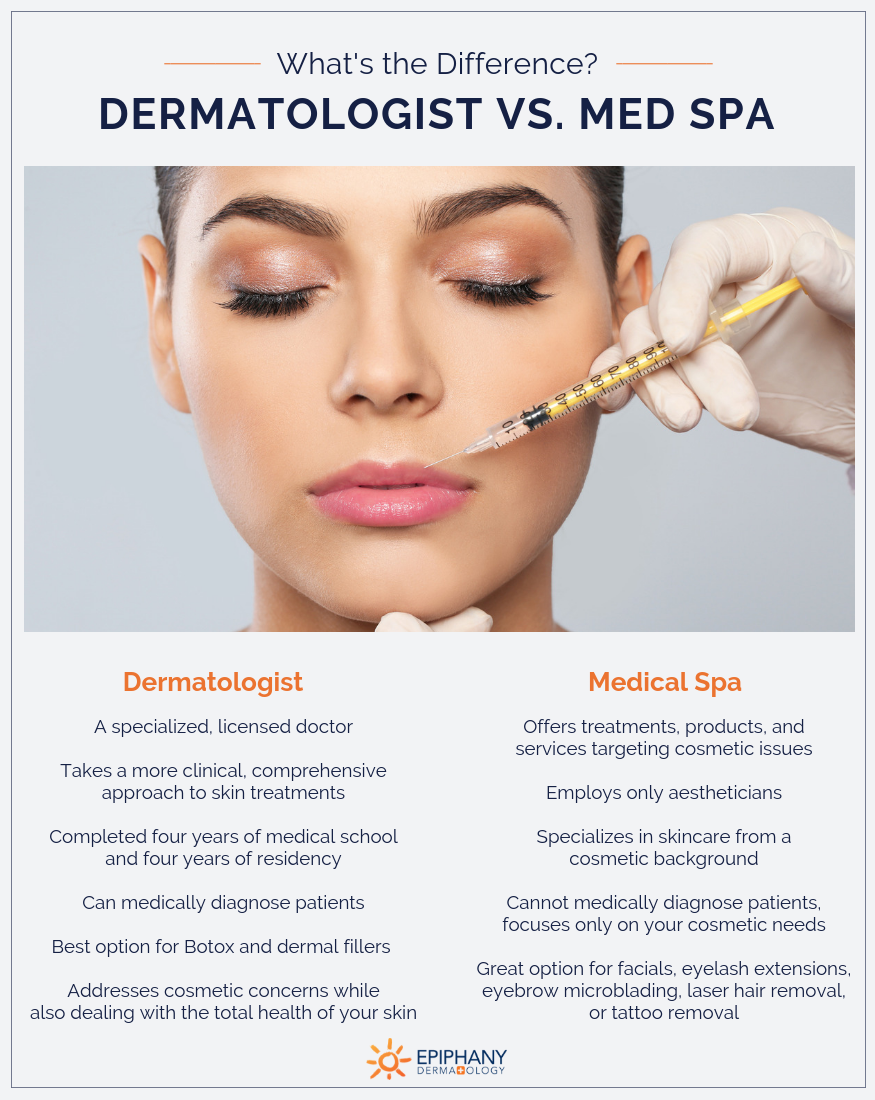Book an appointment with mohs surgery for skin cancer with a certified specialist.
Book an appointment with mohs surgery for skin cancer with a certified specialist.
Blog Article
Browsing Skin Cancer Therapy: The Vital Role of Mohs in Modern Dermatology Practices
Skin cancer, an overwhelming diagnosis, frequently leaves patients coming to grips with numerous treatment choices. Among these, Mohs surgical treatment stands as a sign in modern dermatology, renowned for its meticulous technique to cancer cells removal and conservation of bordering healthy and balanced tissue. This cutting-edge method promises not only exceptional cosmetic outcomes however likewise uses immediate results, alleviating patient stress and anxiety. As we explore the intricacies of this treatment, one will appreciate its crucial duty in skin cancer cells treatment.
Recognizing Skin Cancer Cells: Kinds and Dangers
Skin cancer, a possibly dangerous malady, is much more prevalent than lots of people recognize. This condition, triggered by the unrestrained development of irregular skin cells, primarily results from DNA damages because of direct exposure to the sun and ultraviolet (UV) light. There are three major sorts of skin cancer: Basic cell cancer, Squamous cell carcinoma, and Cancer malignancy. While the former 2 are much less dangerous and make up the bulk of identified situations, cancer malignancy is the most hazardous. It represents only regarding 1% of skin cancer situations but causes the large bulk of skin cancer cells deaths - skin cancer. Threat elements consist of fair skin, background of sunburn, too much sunlight direct exposure, living at high altitudes or near to the equator, having numerous moles, a family background of skin cancer, and compromised immune system.
What Is Mohs Surgical treatment and Just How It's Reinventing Skin Cancer Cells Treatment
Regardless of the various therapies currently readily available for skin cancer cells, Mohs surgical procedure attracts attention as a groundbreaking and extremely reliable remedy. Named after Frederic E. Mohs, the doctor who established the treatment, Mohs surgery is an exact medical technique made use of to deal with skin cancer cells. Throughout the treatment, slim layers of cancer-containing skin are progressively eliminated and analyzed up until only cancer-free tissue continues to be. This approach enables the doctor to confirm that all cancer cells have actually been eliminated at the time of surgical procedure. This level of accuracy, integrated with the capacity to spare as much healthy and balanced cells as feasible, is transforming skin cancer treatment. Because of this, Mohs surgical treatment has become a cornerstone of contemporary dermatology techniques.
The Benefits of Mohs Surgery Over Conventional Skin Cancer Therapies
Building on the cutting-edge nature of Mohs surgery, it's essential to consider its countless advantages over traditional skin cancer cells treatments. Unlike standard operating procedures, Mohs supplies a higher cure rate, often reaching 99% for newbie therapies and 94% for recurring cancers. This accuracy results from its one-of-a-kind method of gradually eliminating and checking out cells layers until just cancer-free cells stay (skin web link cancer). In addition, it reduces damage to healthy and balanced skin, resulting in less scarring and improved aesthetic end results. Mohs additionally provides prompt results, getting rid of the anxiety-ridden wait usual with various other methods. Lastly, it's economical, as the surgical procedure and tiny evaluation take place concurrently, removing his comment is here the demand for added research laboratory solutions. Thus, Mohs stands for a significant development in dermatological practices.
The Treatment of Mohs Surgical Treatment: What to Anticipate Throughout the Process

Possible Negative Effects and Post-Operative Treatment of Mohs Surgical Procedure
Going through Mohs surgery, like any kind of other operation, entails possible negative effects that individuals must understand. Usual side results consist of pain, bruising, and swelling at the surgical procedure website. These are typically short-term and manageable with non-prescription discomfort medicine and ice packs. In rare situations, people might experience infection, blood loss, or an allergic response to the regional anesthetic. Post-operative treatment is critical to healing go to this web-site and reducing side effects. This commonly entails keeping the injury tidy and dry, taking recommended medicines, and preventing exhausting tasks. Individuals should additionally participate in all follow-up appointments for wound treatment and surveillance. In many cases, extra treatments might be essential to ensure full elimination of the cancerous cells. Sticking to these post-operative treatment standards can considerably improve healing and results.
Conclusion

Report this page